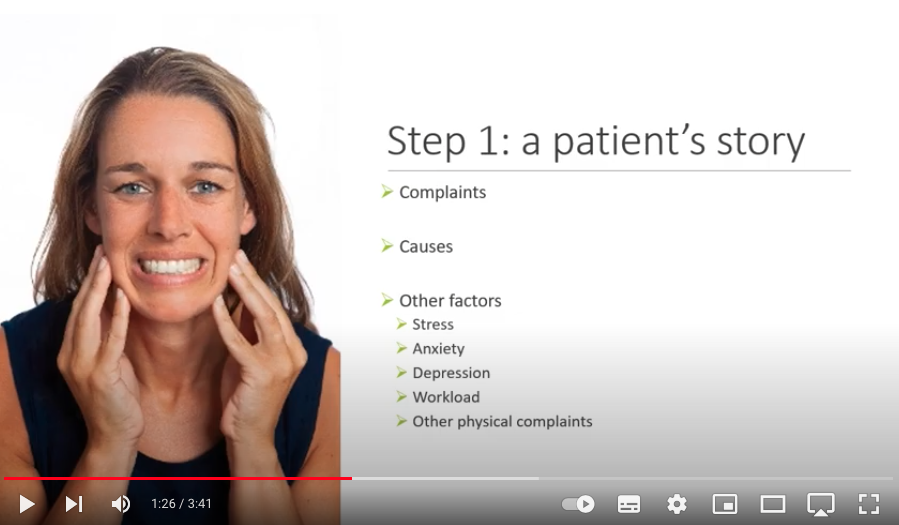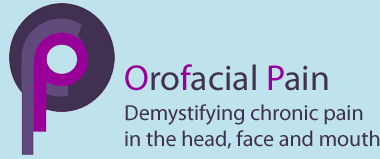
Education
1.1 Introduction
Pain in the head, neck and mouth region is a common affliction, affecting up to 26% of the population (MacFarlane et al 2002). Acute pain is a protective reflex in health and stops us damaging ourselves. In addition once injured the increased sensitivity from the swelling (inflammation) caused by the region helps to remind us to protect the region from unnecessary movement and further trauma thereby helping maximise healing capacity. If the pain persists beyond the healing phase it is known as “chronic” pain. If chronic pain develops it is thought that a large proportion of this type of pain is due to subtle changes in the peripheral and central nervous system that mean the pain sensing nerves (nociceptors) process normal and painful information differently. A good explanation of how pain can become chronic can be found on this link or this video:
We are therefore evolutionarily programmed to interpret pain as a warning sign of tissue being damaged and often protective reflexes will ensue. The fact is that we now understand it is possible to have pain without visible damage or pathology and science is beginning to unpick the nerve-based mechanisms behind this.
The facial region contains structures vital for living: eyes for sight, mouth for breathing, communicating and eating, and ears for hearing. In addition the essential organ, the brain, is also obviously in close proximity. It should be of no surprise, therefore, that any threat of damage to this region is likely to initiate primitive survival instincts and this may amplify the psychological and physiological consequences of pain in this region. This coupled to the level of sensory supply to the face probably helps explain the highly distressing nature of pain in this region. Please see this link.
This partly explains as to why pain in the orofacial region causes such fear and emotion in patients. The face and head include many structures (ears, joints, eyes, sinuses, teeth to name a few) so it’s often very complicated getting the diagnosis right. It takes time and patience, a multidisciplinary team and plenty of support.
1.2 What is pain?
So what is pain? It is defined as “an unpleasant sensory and emotional experience associated with actual or potential tissue damage or described in terms of such damage”. This is an over- simplification of the complex, entirely subjective, sensation with physical and psychological effects. The pain mechanism involves nociception (the transmission of the painful stimulus to the sensory cortex), sensation (arrival of the stimulus at the sensory cortex and recognition of pain), pain behaviour and suffering (the results of engagement of the affective and Limbic systems). Pain is formed of 4 key stages;
- Nociception – the basic neuro protection mechanism
- Sensation- conscious recognition of pain
- Behaviour- resultant behavior caused by acute and ongoing pain
- Suffering- resultant suffering
The initial sensation (nociception resulting in the sensation of pain) is simultaneous to the emotional reaction to pain (anxiety, stress, fear) and they cannot be separated from each other. This then leads to the resultant behavior and suffering as a result of the pain ‘experience’. Pain experience is dependent upon age, gender, ethnicity, culture, pain experience, personality, stress, depression and anxiety.
Education menu

Physiotherapy for Orofacial Pain
A short introductory presentation by Dr Hedvig van der Meer who has recently joined our team:

Our guide to better sleep
By Georgina Gray Good quality sleep is one of our core health pillars. Not only is it vital for energy, mental health and hormone production, it is also important for disease prevention and weight control. We should be aiming for 7-9 hours of good quality sleep every...

